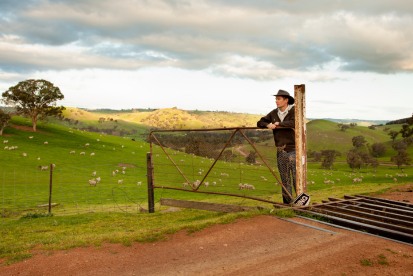Review all of your 2022 budget assumptions NOW!
2022 will be a challenging year for farming. Not due to weather but due to the volatile and unpredictable political and economic forces placing massive pressure on the global supply of inputs and commodities. This means that the farm budget you created for your farm in 2021 will be very different from your farm budget for 2022. You will need to question everything. Maintaining healthy gross margins and managing financial risk in 2022 will be different to 2021. You will need to review the core assumptions in your 2022 budget due to the war in Ukraine.
The simple farm business formula is:
(Yield x Price) - Input Cost = Gross Margin - Overhereads = Gross Profit - Tax = Net Profit.
So, the first aim of the farm business is to maximise gross margin by optimising the combination of yield, input cost & price. In 2022, many commodities like grain & cattle are currently (at the time of writing) at record prices, so you need to have an excellent strategic commodity marketing strategy.
Yet, at the same time, we have had a massive increase in the cost of Fertiliser (e.g. the price of DAP has risen over $300/tonne (43% increase) since February 2021). 60 cents per litre has increased the fuel price since December 2021 due to the war in Ukraine. Chemical costs are already higher and could be affected by supply chain problems.
So, how does the significant increase in input prices affect your gross margin? If you are a grain grower, does the increase in grain price account for the increased input cost in 2022? Would you make more margin and lower risk with lower inputs and lower target yield? If you are a livestock grower, how do increased grain prices affect your gross margins? Should you review your production plans as a result? e.g. Stocking rate.
Recommendations:
If you are not running a well-planned production-based farm cash flow budget, 2022 is the year you should start, as it is too risky not to.
Suppose you have already built your farm budget for 2022. Copy your baseline budget, open your production worksheets, and update your input cost if required. Copy it again and make a few “what if “ budgets to prepare yourself for what may happen.
Review your budget every month, just quickly. Do a budget to actual comparison report each month. Will the markets for commodities or inputs affect your assumptions? If yes, take time to run a what-if budget to check the effect, so you can make adjustments if needed.
Please talk about the changes with your fam business advisor if you have one and have a proactive marketing strategy.
A comprehensive and well-thought-through farm budget is essential but not perfect, yet without one, you are likely to become overwhelmed and fall apart when faced with volatility and change. With all of the volatility in the world and the markets, this is a risk you cannot afford but one that you can control.
If you have yet to use Agrimaster before or are in the process of finding the right solution for your farm business, sign up for a 30-day free trial today! Or if you would like to understand how to choose the right financial management software, read the There is No 'I' in Farm Management Software article.




